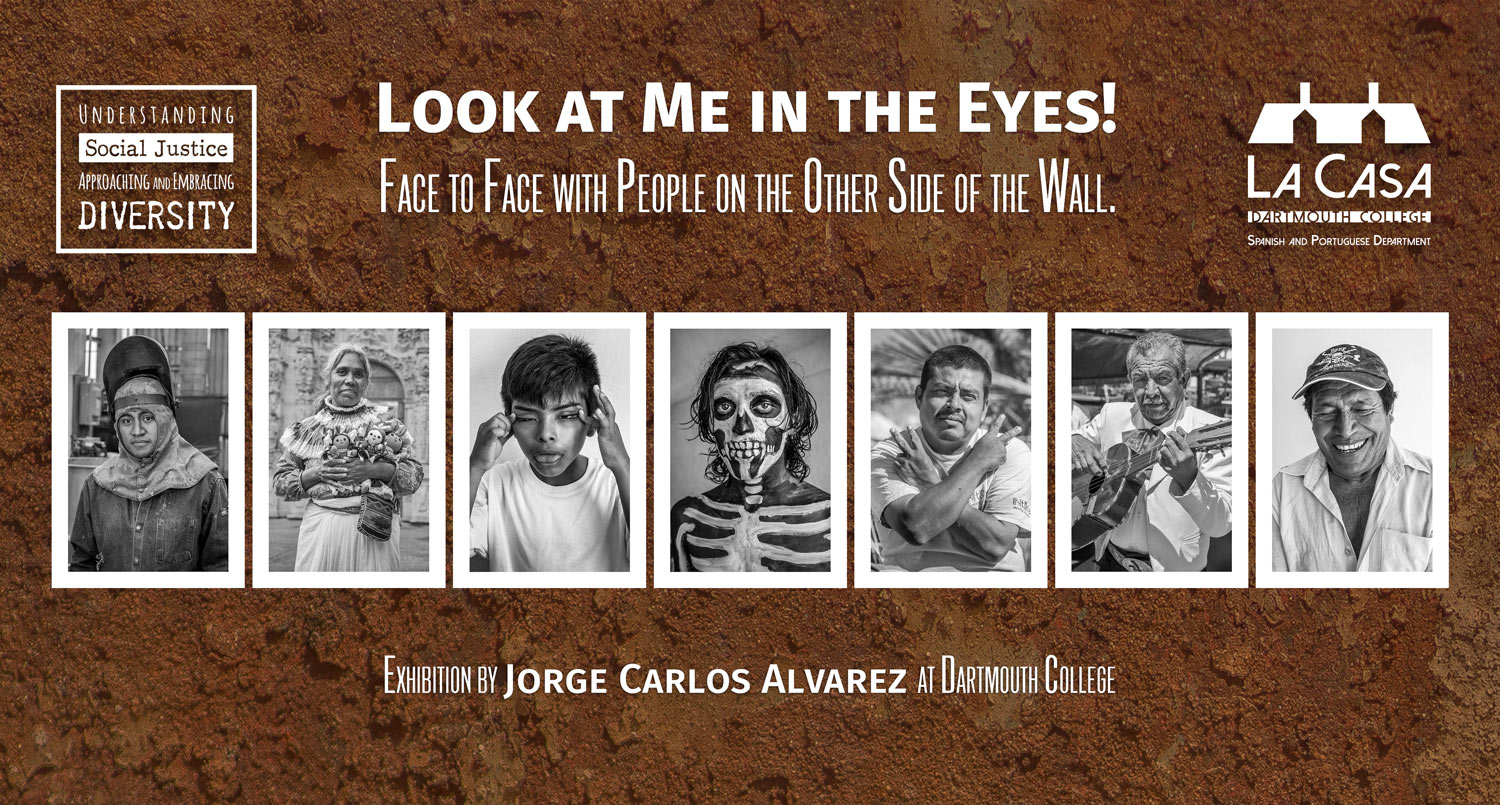Photography as an antidote
Jorge Carlos Alvarez Díaz
The migrant is in everything from the origin of time.
The National Geographic series “One Strange Rock” by the filmmaker Darren Aronofsky, exposes the universe as a concept of indomitable movement. Life on our planet is the transformation of the cosmic dust that traveled billions of years, migrating through the universe to reach and shape our rock. Migrating, yes migrating.
The first forms of life in the prehistoric ocean of the earth evolved to then migrate to the surface in the form of amphibians. All terrestrial species arose from that primitive animal, including the human being.
All the animal species have in their DNA the impulse of continuous progress. Pay attention to the extraordinary migration phenomenon of birds, turtles, whales, bats, the African wildebeest; even insects like the Monarch butterfly that crosses thousands of kilometers from the south of Canada to find warm and fertile territory in Mexico.
Migration is an uncontrollable force that is intertwined with the order of the universe.
Migration is synonymous with courage, daring, desire for change, adventure, mutation, looking ahead and never back, pursuing dreams and desires, searching, growing, evolving, etc.
Why is humanity trying to stop human migration if it has been a constant since we began inhabiting the planet? Are we not all – without exception – heirs of the original Homo-Sapiens himself? A mixture of Neanderthals and Cro-Magnons, with origins in Africa spreading to all continents.
Migration is an extraordinary phenomenon in the history of mankind. In the particular case of Mexico, from pre-Hispanic cultures to the present, it is a fascinating subject. For example, the Zoques of Chiapas, one of the oldest pre-Hispanic cultures in our history, speak a language which researchers have found to have inexplicable similarities with Asian languages, most specifically with Japanese. You only have to look at the faces of those Chiapanecos to realize the possible connections with Asian peoples.
In the Orozco murals at Baker Library, migration is depicted by Orozco at the origins of civilization and has a fundamental presence in the epic narrative of American civilization. Always in movement.
The pre-Hispanic peoples migrated and mixed, forming the “Mestizaje”, a term that implies diversity. When we talk about the Spanish conquest, it is essentially a migration to other lands that culminates in a merging and blending of peoples. We are the migrant mix of conquering warriors and indigenous peoples who gave birth to “the cosmic race”, as José Vasconcelos would baptize it. The ideology of an agglomeration of all the races of the world without any distinction, in order to build a new civilization. Universópolis, where traditional ideas of race and nationality would be transcended in the name of humanity’s common destiny.
Why then the rejection of migration today? Why the thought of migration as a “threat”? The rejection of migration can only be understood in the context of ignorance and above all “fear”. But fear of what?
“Look at me in the eyes” is a conciliatory proposal to discover humanity behind the gaze. My photography aspires to be an antidote to the fear of the modern prejudice that surrounds the term “migration”.
I invite you all to approach my exhibition as a bridge to reconcile and re-think of migration as a concept of indomitable movement.
I am very grateful for the opportunity to participate in this dialogue embraced by you.
–
Hanover, New Hampshire, April 2019
